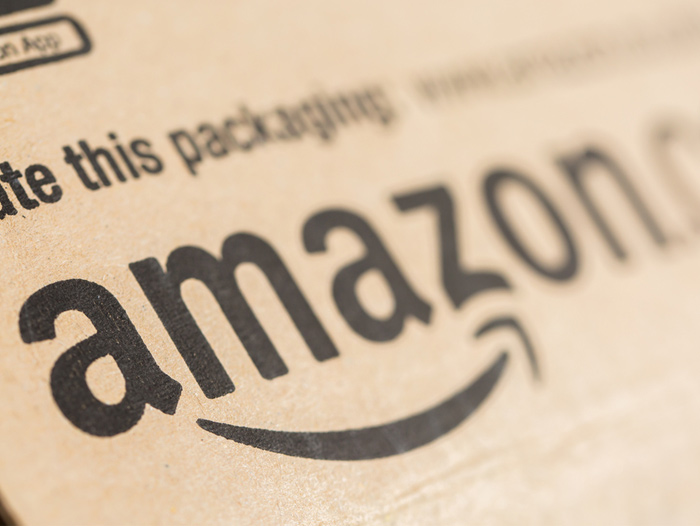Amazon and Whole Foods After a Year: Supermarkets Will See Massive Changes
December 17, 2018 | 2 min to read

It was well over a year ago that Amazon completed the purchase of Whole Foods. Looking around as a consumer at the combined businesses, it doesn’t appear that much has changed. Sure, Amazon Echoes are now sold at Whole Foods and there are benefits for Prime members who shop in-store. But none of those things would appear to justify spending $13+ billion as Amazon did to acquire Whole Foods.
So…What’s Up?
Did Amazon make a mistake spending all that capital to buy a physical-store retailer? Maybe, but the point of the Whole Foods acquisition didn’t really have to do with the stores. It had to do with selling online. Here’s what I mean: In order to maintain its high stock price, Amazon has to grow its revenues. For that, it has to keep finding new products to sell. Because it’s so big, it’s not likely to sell so much more of what it already sells, it has to find new products to sell to consumers. When you think about what it might sell that it doesn’t already, a few market segments come to mind: health, banking/finance, cars, grocery and maybe some others depending on how daring Amazon wants to be. But of all those possibilities, grocery is closest to what Amazon knows best because it involves selling and delivering consumer products. Also, the percent of groceries sold online is very low right now. It has enormous potential to convert to online and that would be a huge industry, perfect for Amazon to grow into and dominate.
To read the rest of the story, please go to: Forbes
